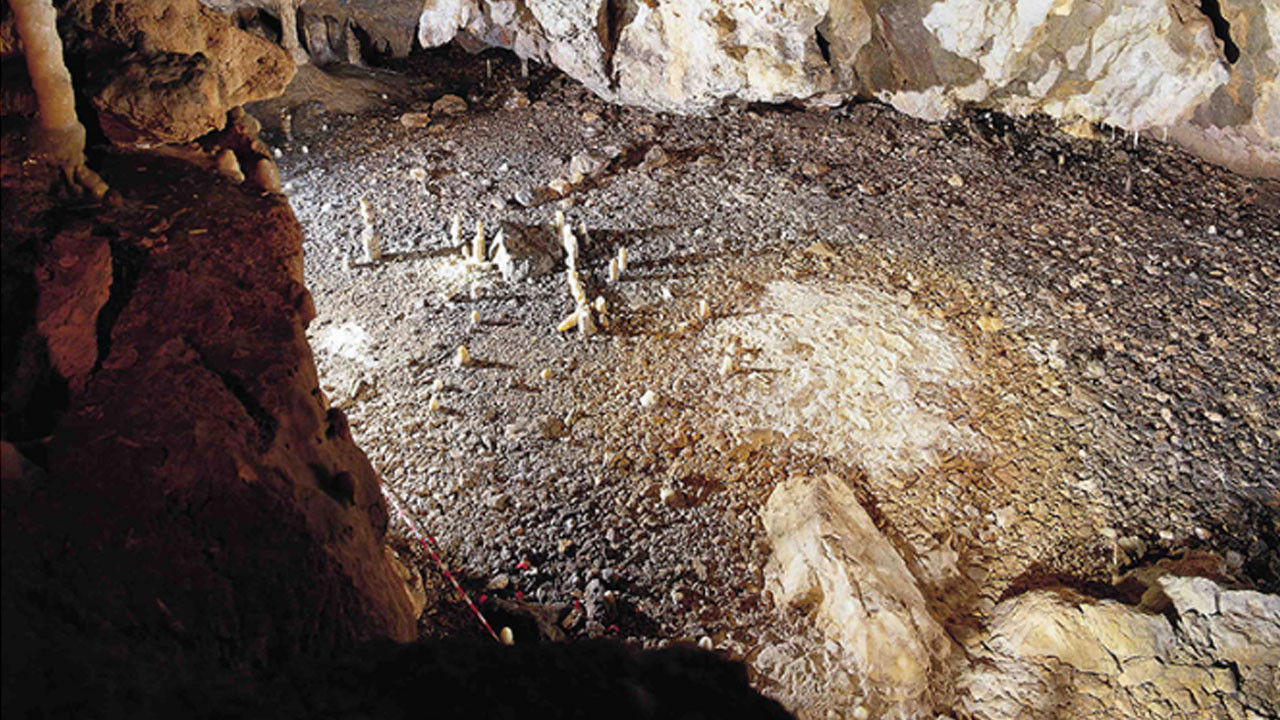Archaeologists have found what they describe as “one of the best-preserved Paleolithic dwellings in the world” in northern Spain. Dating back to 16,800 years ago, the living space in the La Garma cave in Cantabria remained almost as it was when its former inhabitants left, with tools and other artifacts scattered around. It looks like.
First discovered in 1995, the La Garma cave was inhabited by people throughout the Upper Paleolithic Age and contains one of the most complete rock art collections in Europe, with a history spanning from the Old Stone Age to the abandonment of the settlement during the Magdalenian period. About 17,000 years ago, a rock collapse blocked the entrance to the cave, sealing its contents like a prehistoric time capsule.
But for thousands of years, people continued to live in the surrounding caves, even though the main chamber remained inaccessible. The presence of kitchen waste from Middle Stone Age, Copper and Bronze Age burials and Iron Age forts and tombs from both the Visigothic and Middle Ages prove that people used these caves for quite a long time. Yet, despite the area’s long history of use, the ancient cave settlement has remained undiscovered until now.

The oval-shaped site measures about 5 square meters and is bounded by a series of stone blocks and stalagmites that “anchor a structure made of sticks and skins to the ground, supported by a nearby ledge in the cave wall,” the University of Cantabria reported. In the middle of the living area, there is a hearth surrounded by many items that the ancient inhabitants of the cave used in daily life.
These items include tools used to produce artifacts from stone, horn and bone, as well as tools used during slaughtering animals and processing skins. Researchers also found spears, needles and a “proto-harpoon” among the 4,614 items found so far.
In addition to these everyday objects, a number of artistic items were also discovered in the cave, including an aurochs bone engraved with the image of both an aurochs and a human face. Researchers say it is the only specimen of its kind discovered in Paleolithic Europe.
Researchers continue their excavation and analysis using a range of non-invasive techniques, with the aim of learning more about La Garma while maintaining its preservation. More details about the discoveries are expected to be announced at a press conference to be held at the National Archaeological Museum in February 2024.